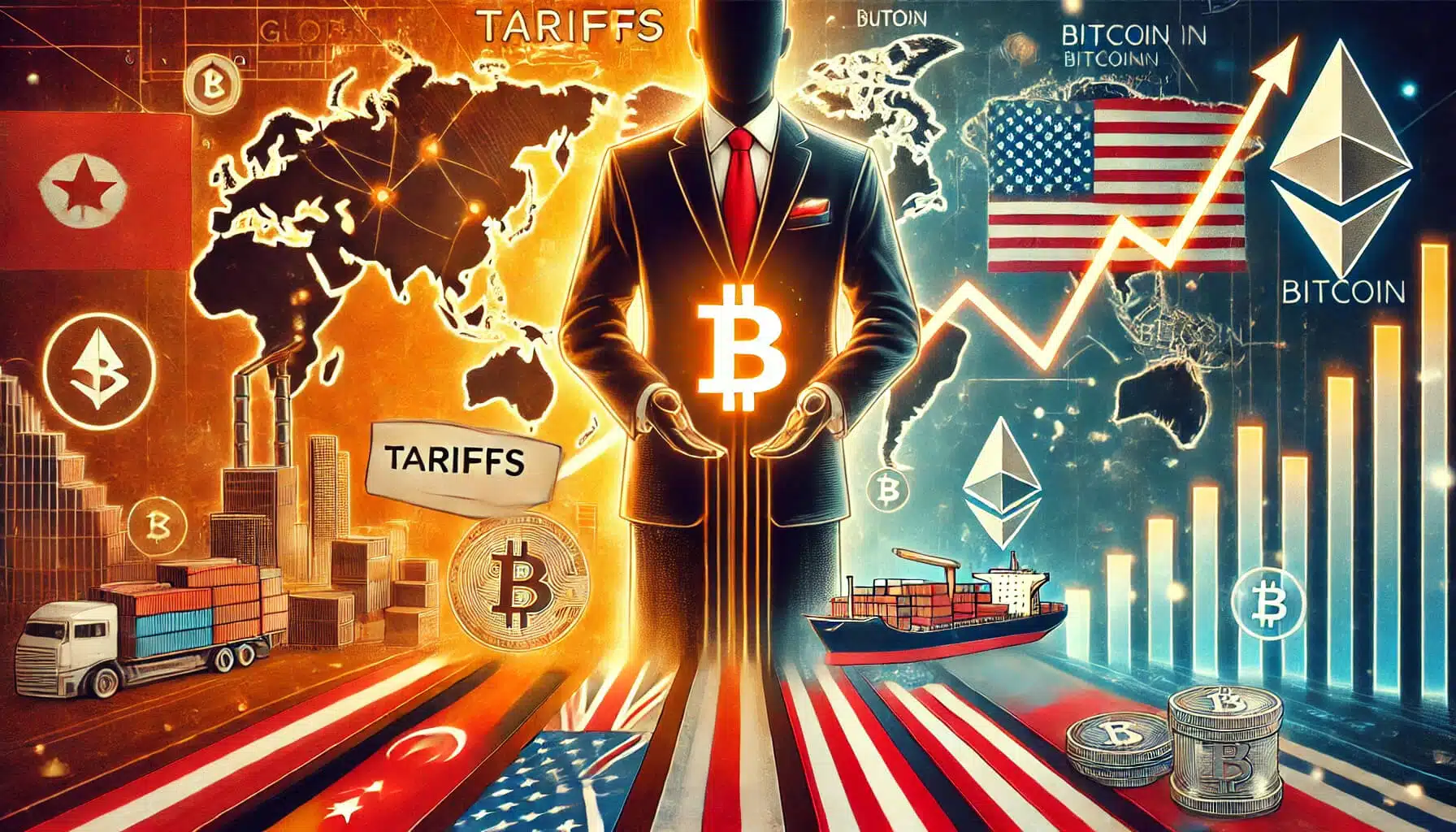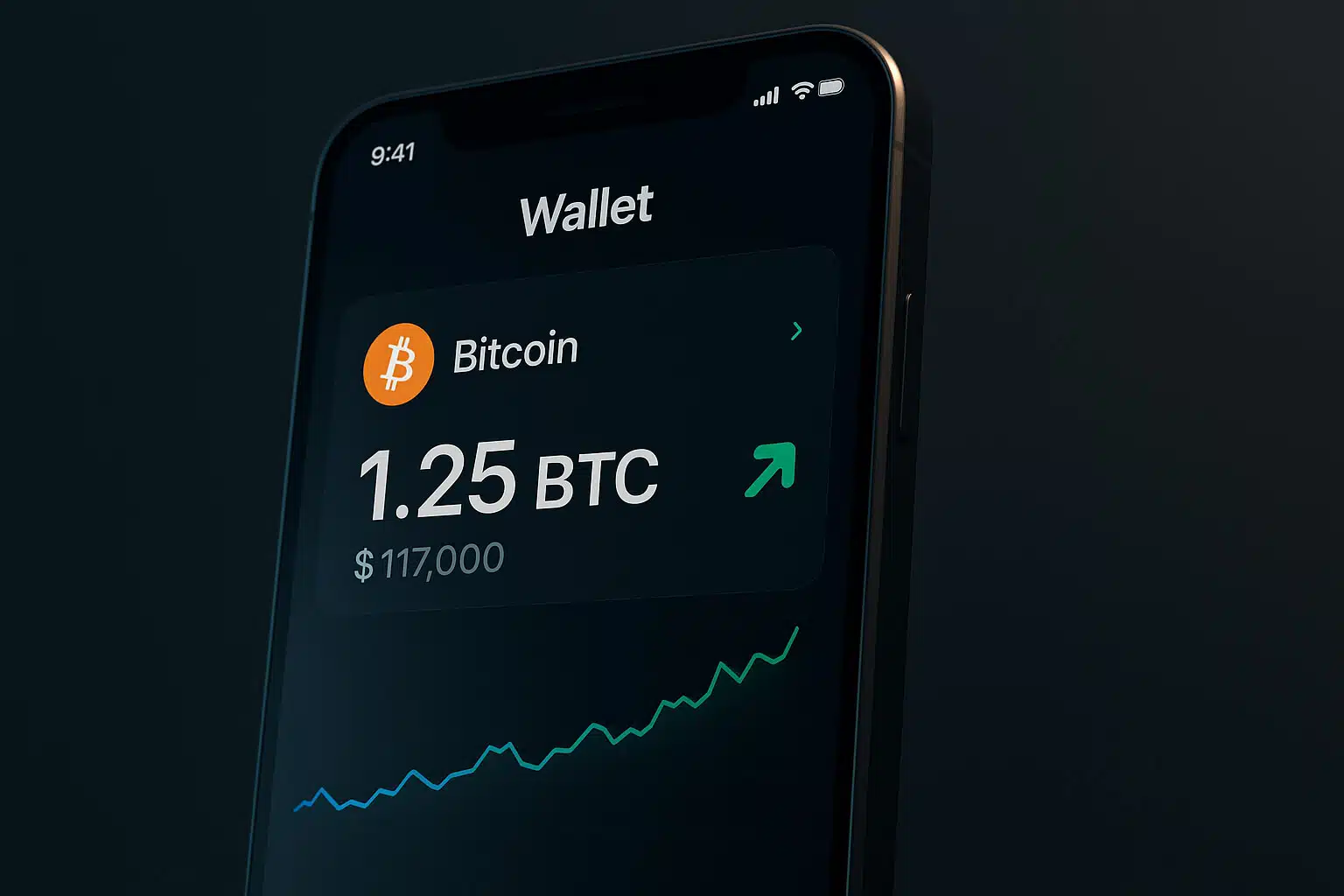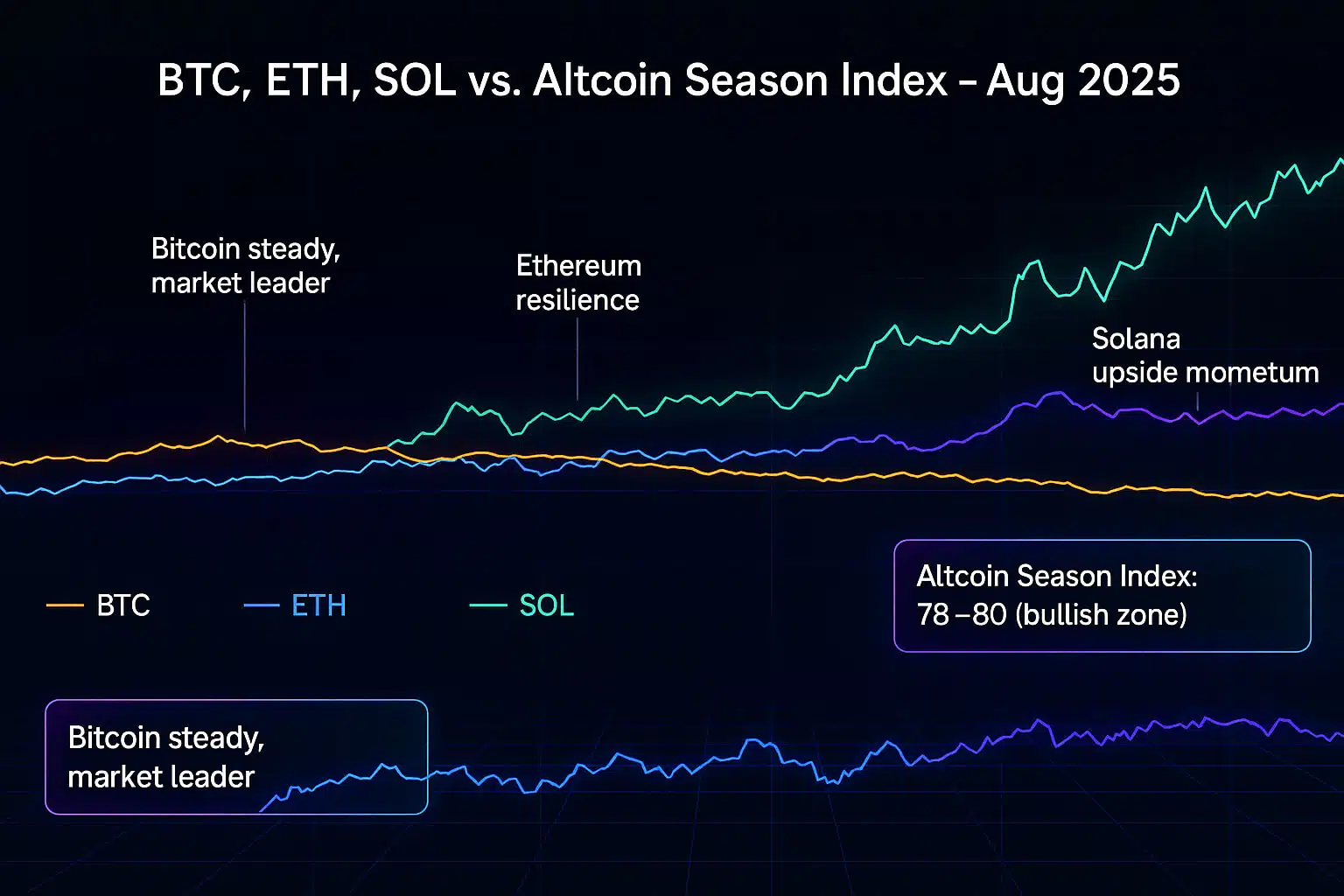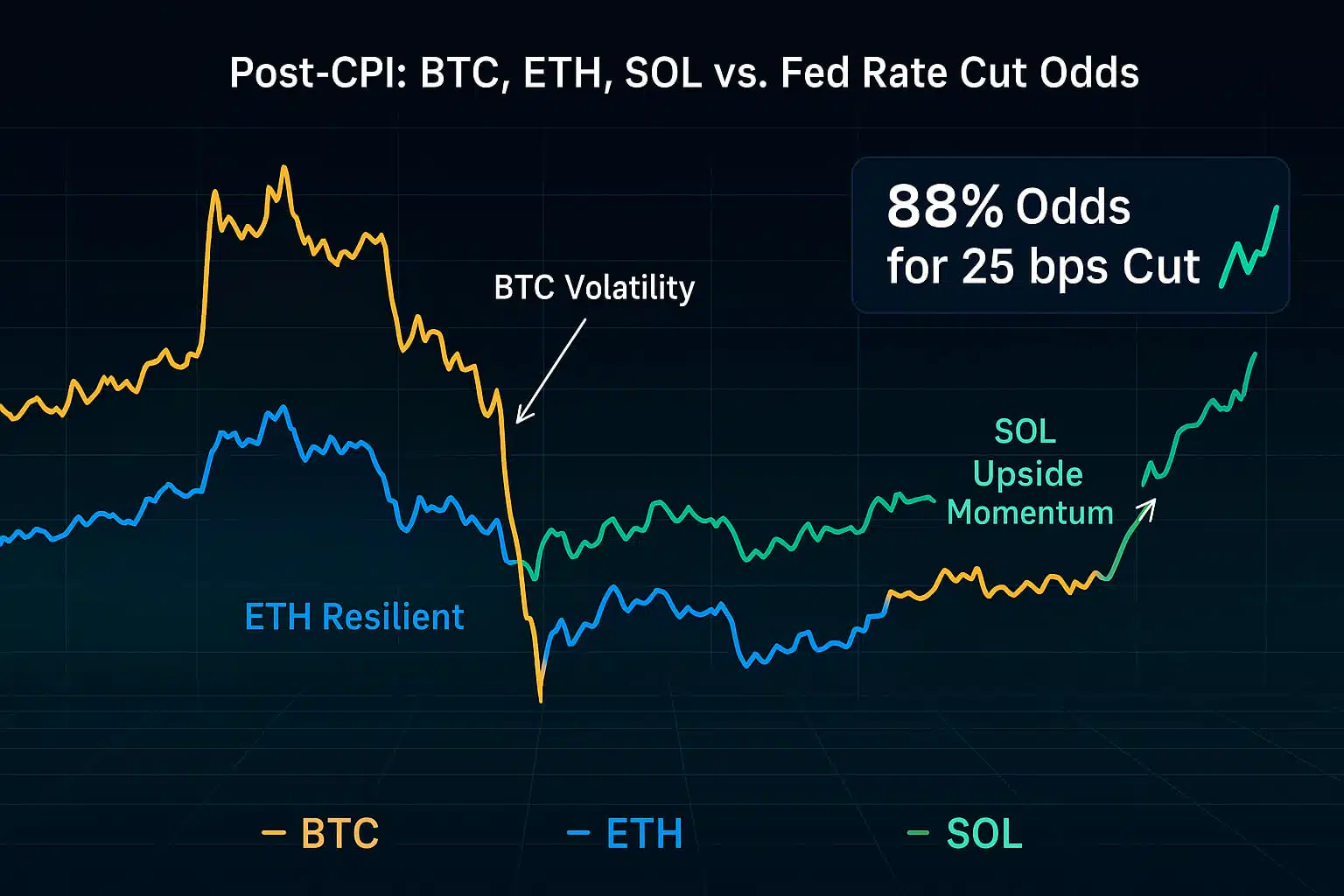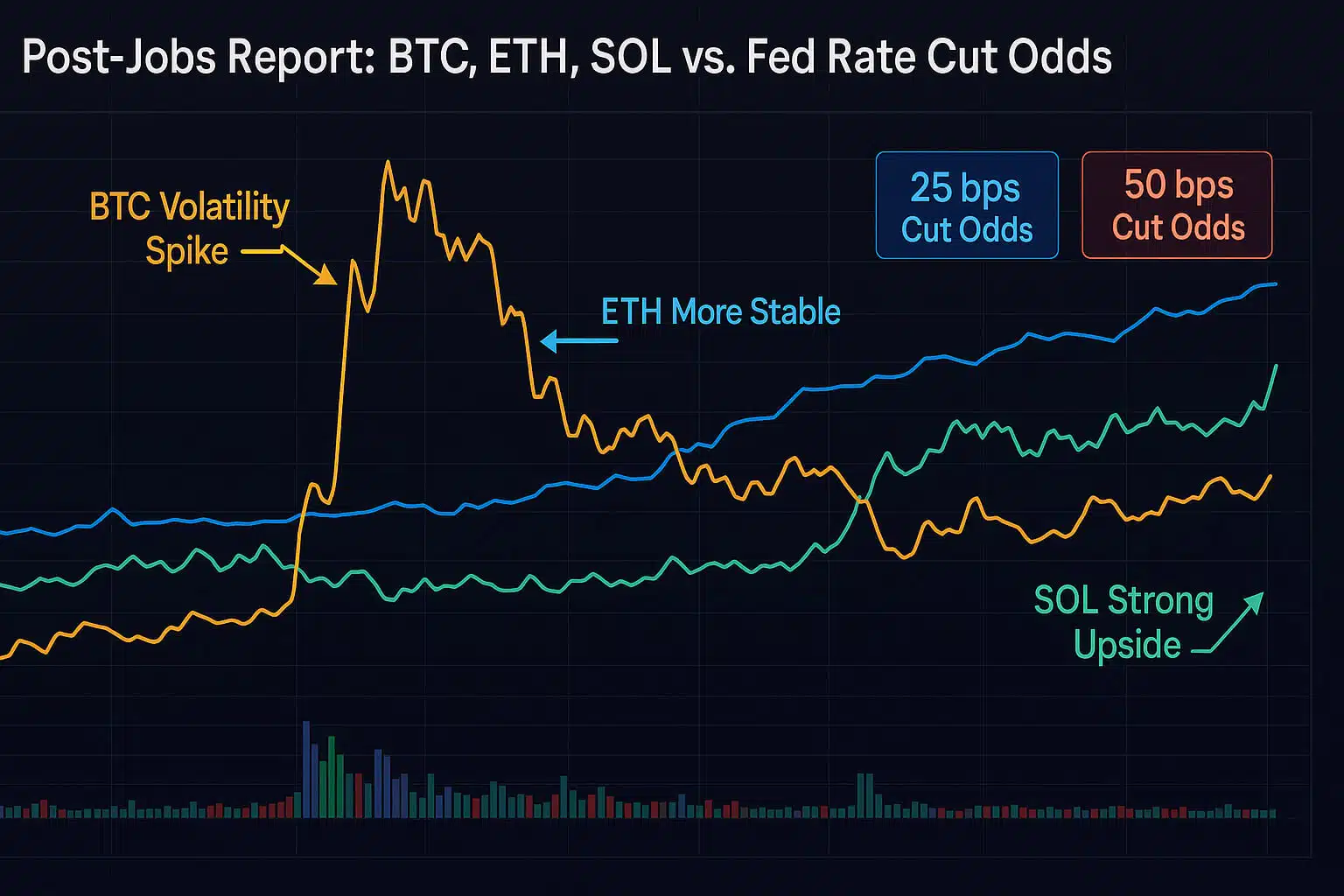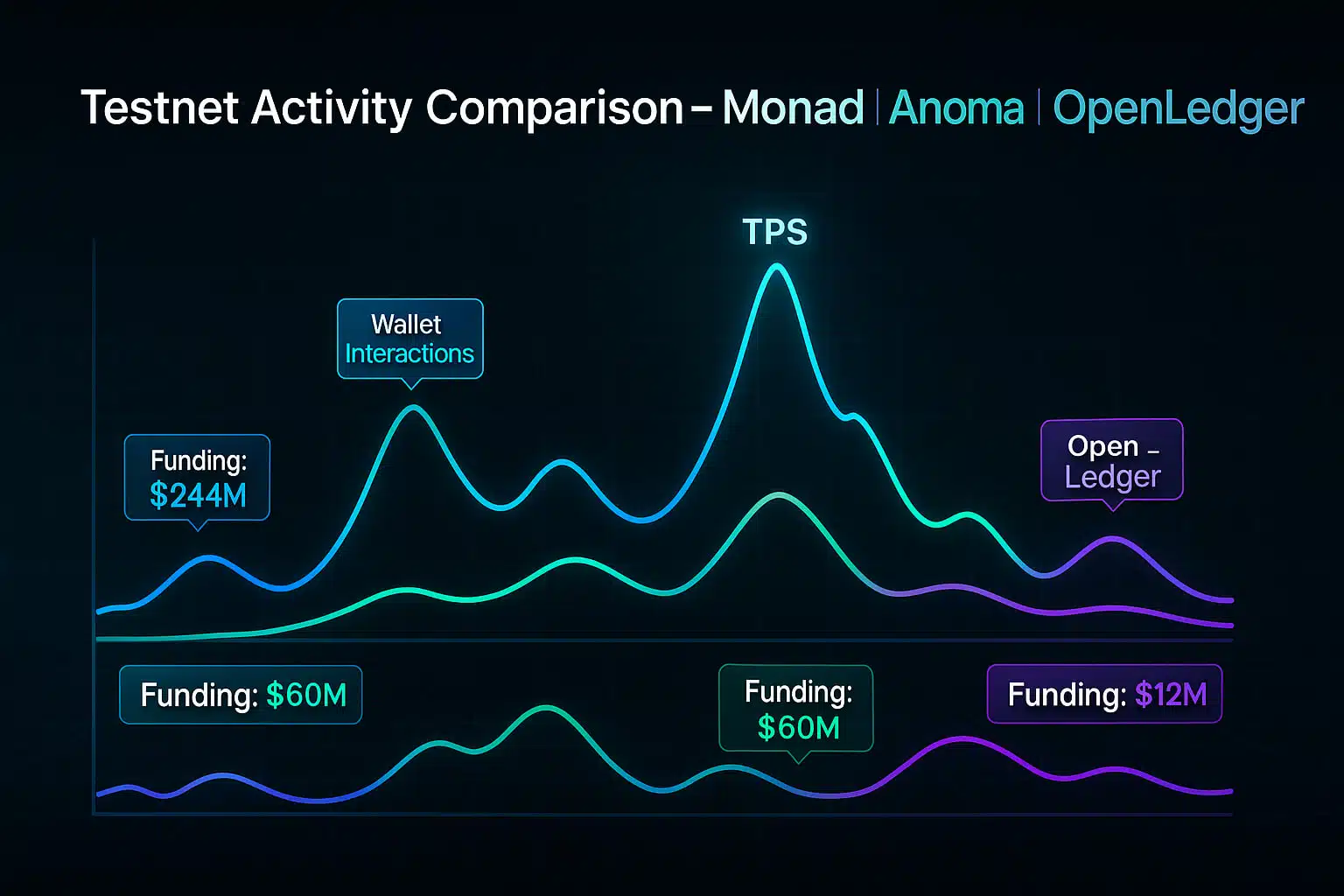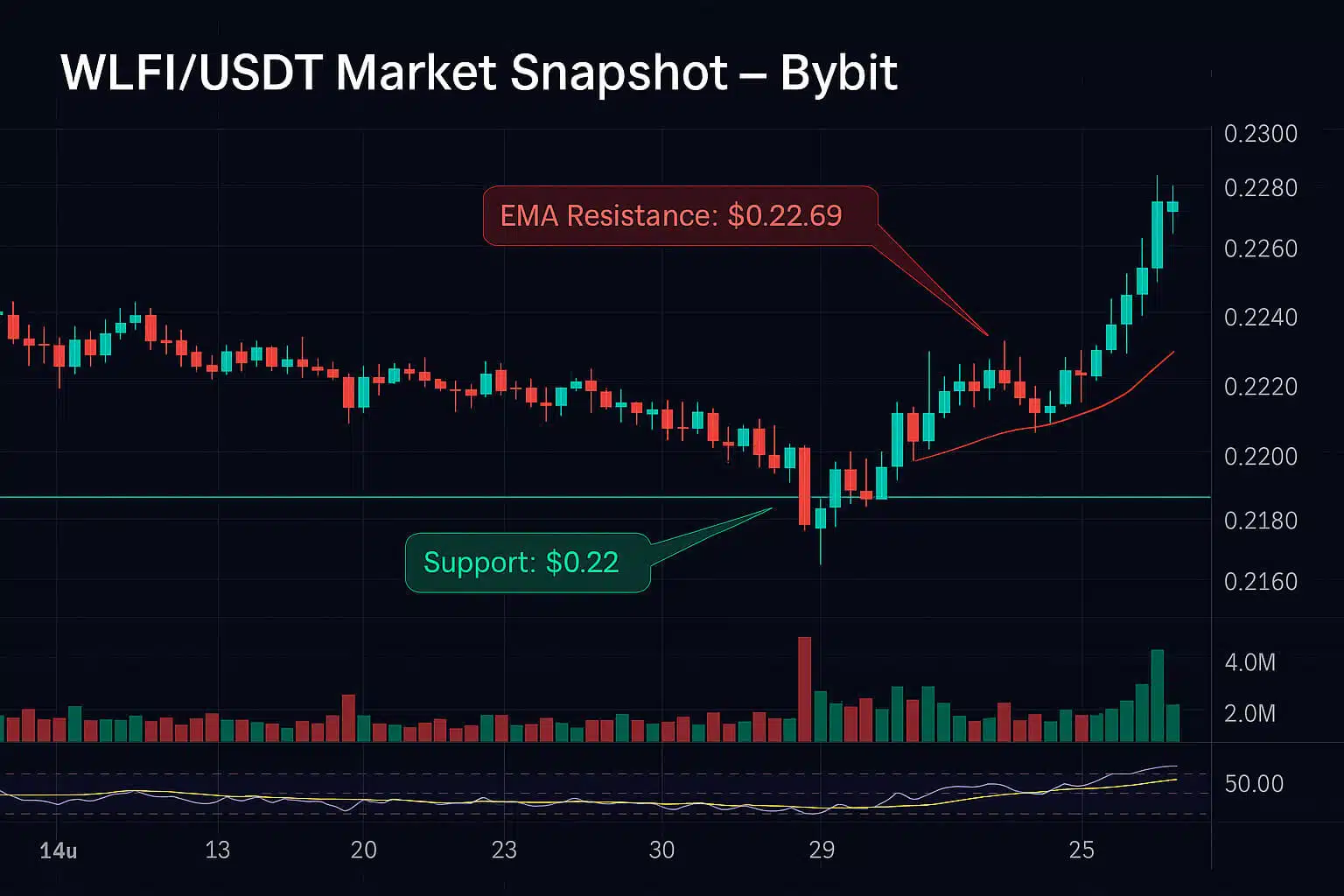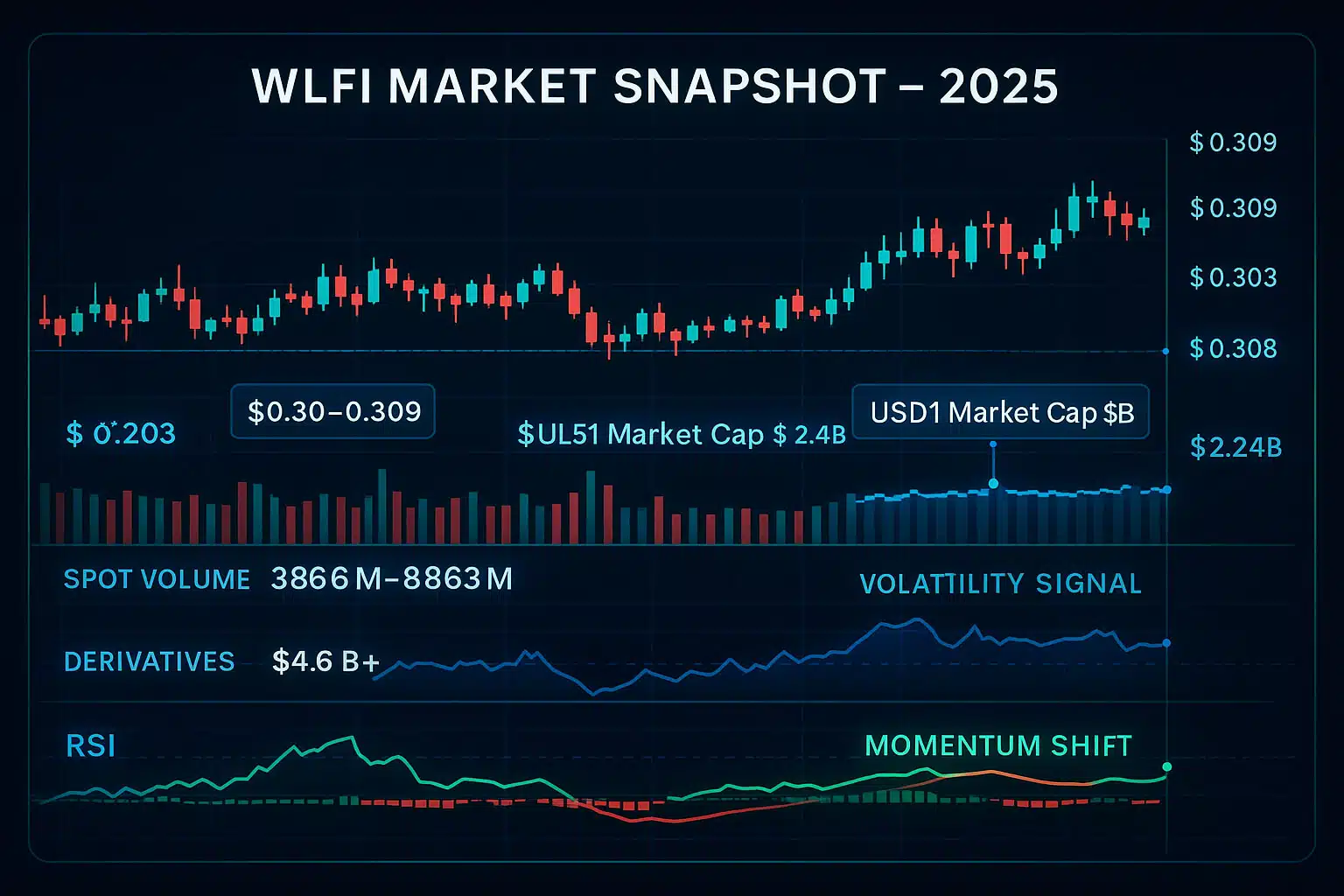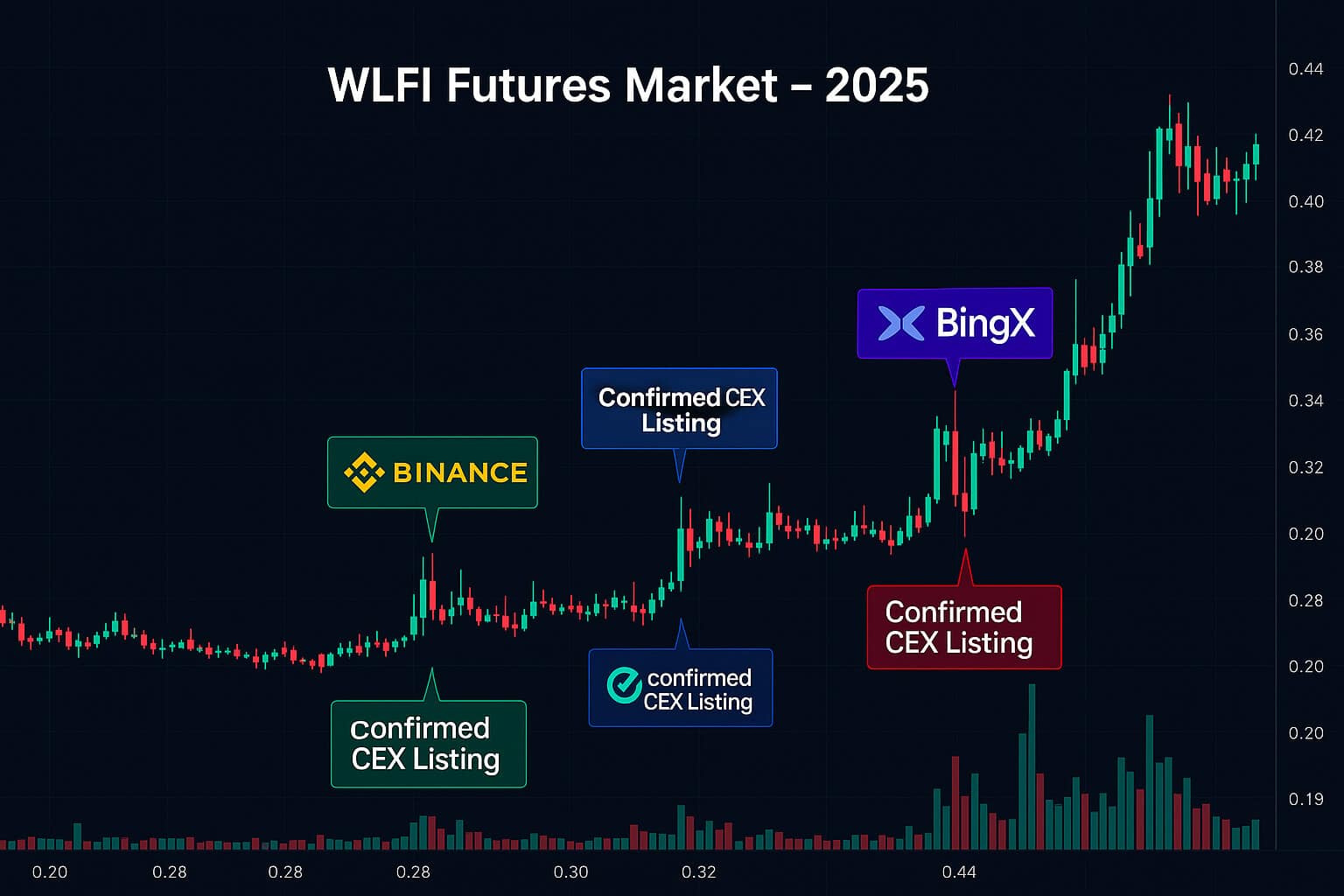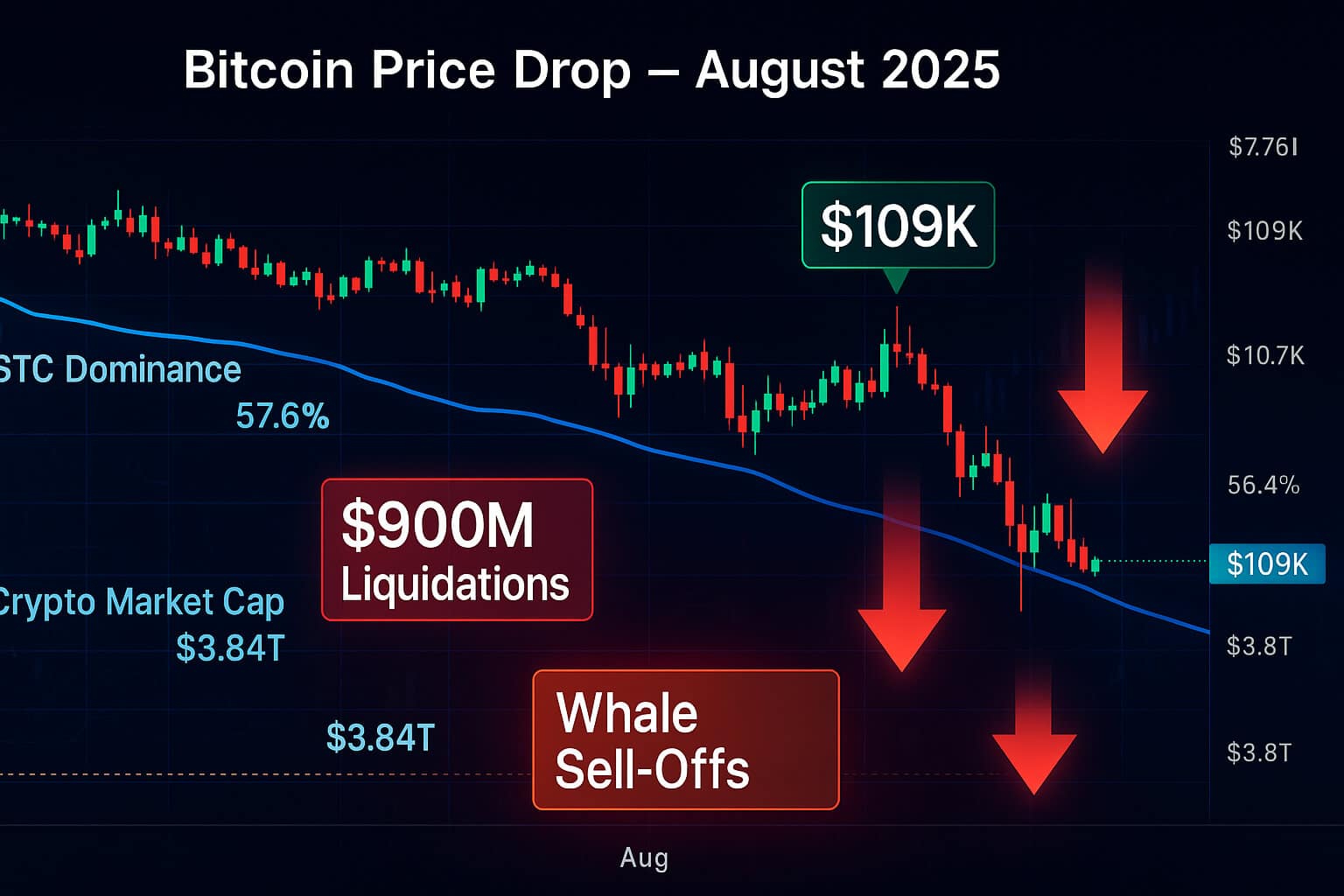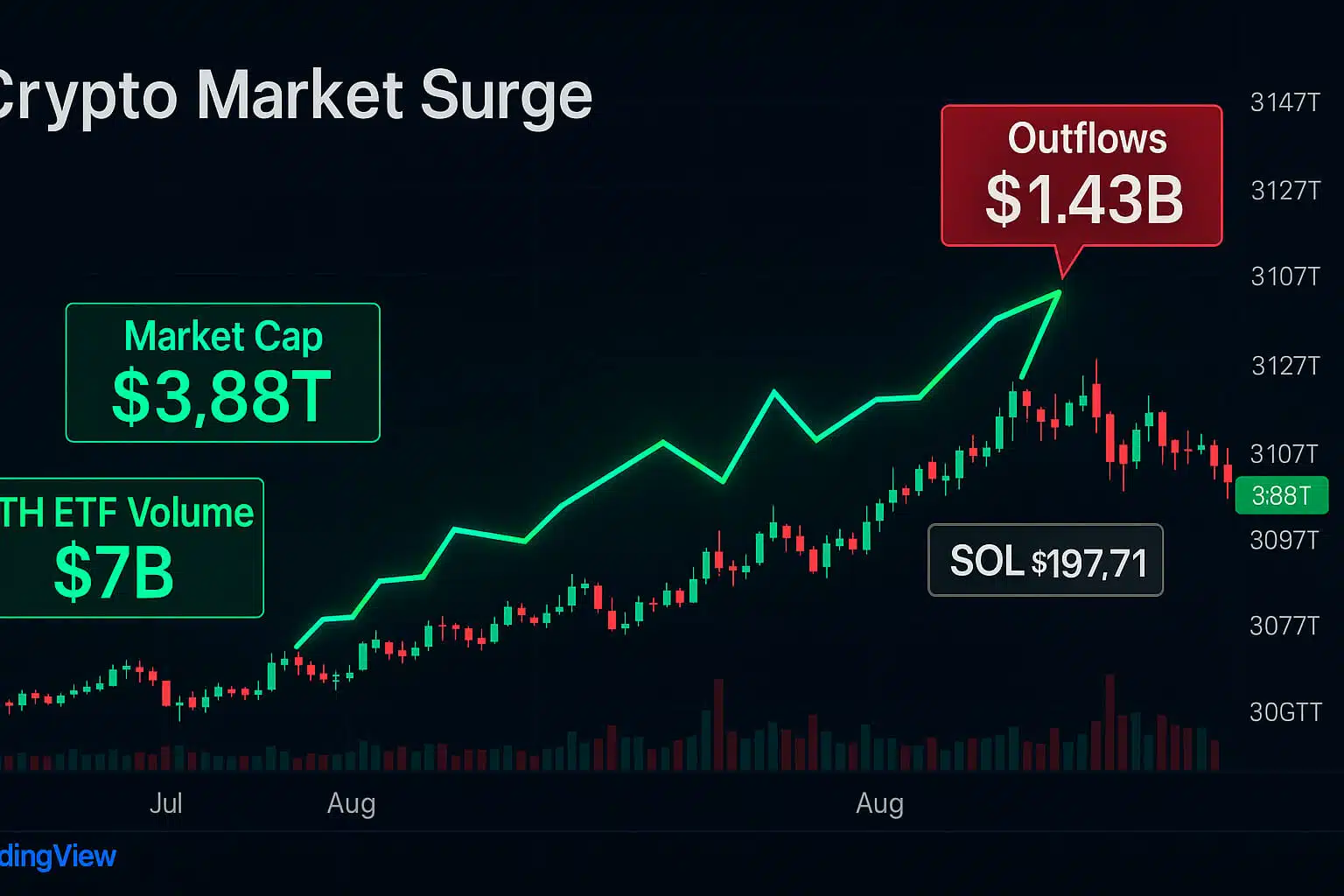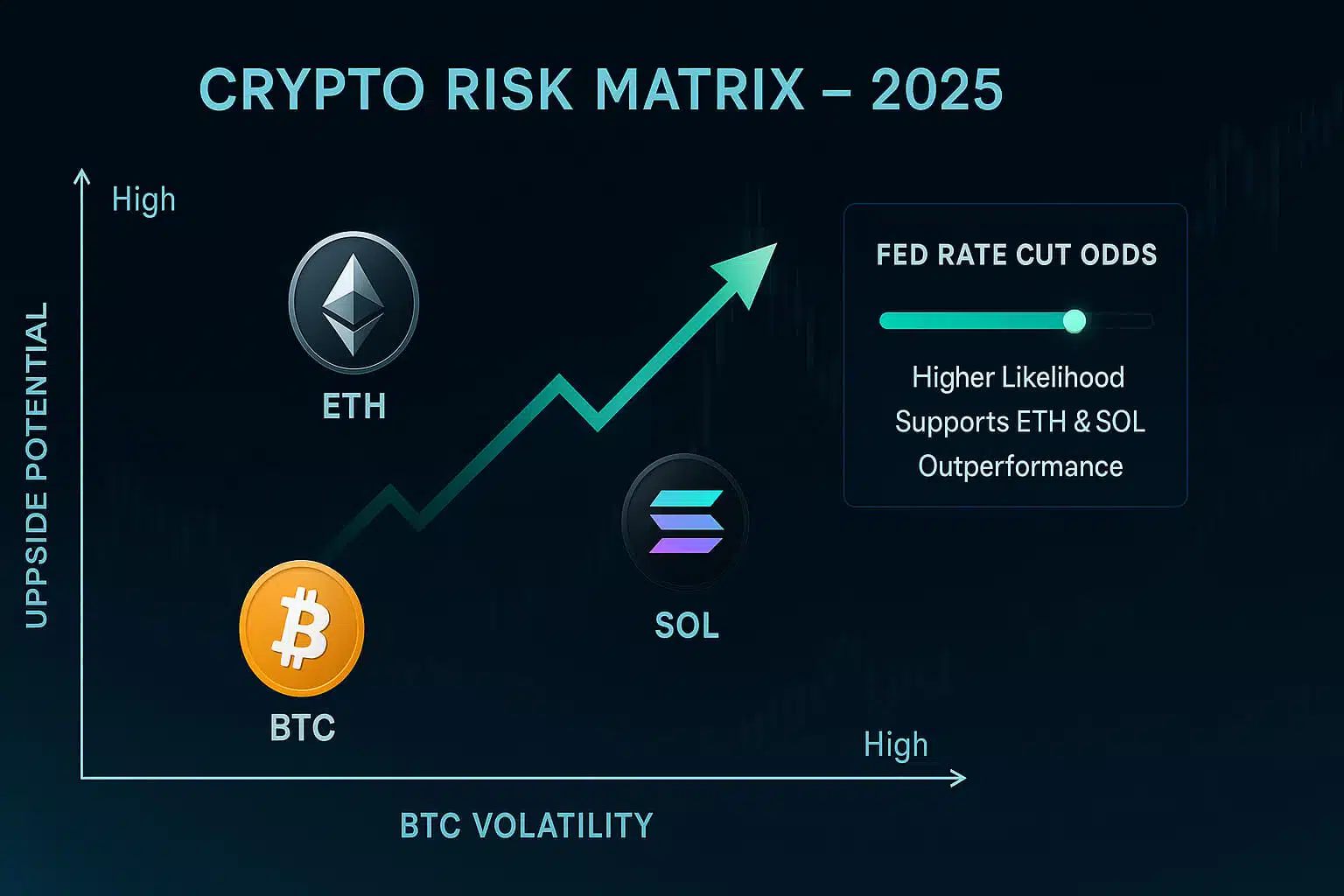The Trump tariff crypto impact is dominating headlines in April 2025, sparking economic chaos, market volatility, and renewed debate among global investors. With a baseline 10% on all imports and customized rates as high as 50% for select trade partners, the strategy, dubbed “Liberation Day”, was designed to rebalance decades of perceived unfair trade practices. But its effects have extended far beyond diplomacy. From Wall Street to the blockchain, chaos is unfolding.
While some see it as a masterclass in negotiation, others argue it’s economic Russian roulette. And in the fast-moving world of crypto, the fallout has been nothing short of dramatic.
Global Reaction to Trump’s Trade Policy Effects
Across social media, economic influencers and political commentators have rallied around the tariff debate. Charlie Kirk, a prominent conservative voice, positioned the policy as a power move. Citing Vietnam’s reported offer to drop tariffs to zero, Kirk framed the strategy as a game-changer that finally puts the U.S. “in the driver’s seat.”
Meanwhile, billionaire investor Bill Ackman offered a more surgical view. He suggested that Trump’s use of tariffs could incentivize behavior by selectively rewarding cooperation, like exempting Israel, which dropped its own tariffs. The central theme? Tariffs are no longer just a blunt instrument, they’re leverage.
Ackman also reignited debate around fairness, asking why long-time allies maintain tariffs against the U.S. if reciprocity is the goal. Kirk joined in, reminding followers that Nancy Pelosi once supported similar tactics back in 1996. That unexpected historical note gave the current debate a new layer of context.
Crypto Volatility from Tariff Consequences
While the geopolitical implications dominate headlines, the crypto world is feeling the squeeze in real-time. Since the tariff announcement on April 2, major cryptocurrencies have dipped. Bitcoin slid 3% to around $82,600, Ethereum fell 6%, and Solana lost over 6.5%.
This isn’t just routine volatility. The crypto community fears a bigger storm:
-
Investor Confidence: Tariffs signal potential for trade wars, rising inflation, and slower economic growth—conditions that make riskier assets like crypto vulnerable.
-
Mining Costs: Hardware tariffs, especially on Chinese ASIC mining rigs, are increasing the cost of crypto mining in the U.S., squeezing profit margins.
-
Capital Flight: Global investors are moving into safer assets like bonds and the Japanese yen. The S&P 500 alone lost $2.4 trillion in a single day (April 3, 2025), a sell-off mirrored in digital assets.
Short-Term Fear, Long-Term Faith?
Despite the downturn, there are bullish voices. Some analysts believe tariffs could indirectly benefit Bitcoin in the long run. Here’s how:
-
Weaker Dollar: If tariffs reduce confidence in the U.S. dollar, Bitcoin might shine as a decentralized store of value.
-
Government Interest: Rumors suggest the Trump administration could use tariff revenues to buy Bitcoin, bolstering reserves as part of a broader “strategic crypto reserve” plan.
CoinDesk even speculates that Bitcoin could surge to $150,000 by the end of the year under the right conditions—a massive shift that echoes past cycles where macroeconomic instability favored crypto.
The ETF Letdown and Broader Market Confusion
Adding to the mess is the lukewarm performance of Ethereum ETFs. While the launch generated over $1.1 billion in volume on day one, investor interest quickly faded, and capital began flowing out. Compared to Bitcoin’s explosive ETF-backed rally to $89,000, Ethereum’s response has been lackluster.
The discrepancy is stirring frustration. Crypto Twitter is filled with posts like:
“$ETH once again being a massive disappointment. The day trades in a range with very little to offer.”
— @RedsMoneyClub, March 2025
Tariffs and ETF under performance together are fueling a perfect storm of “FUD” (fear, uncertainty, and doubt), especially for short-term holders hoping for explosive gains in Q2.
Global Investor Sentiment: Risk-Off Mode
It’s not just crypto feeling the heat. Global markets are flashing warning signs:
-
S&P 500: Dropped by 2.4 trillion in value, the biggest single-day loss since the COVID crash of 2020.
-
FTSE 100 & EU Stocks: Also down over 1.5% across the board.
-
Safe Havens: Spikes in demand for U.S. Treasuries, Japanese yen, and gold.
The Guardian reports that central banks might consider emergency interest rate cuts to counter potential recession risks a move that could once again drive interest in Bitcoin as an inflation hedge.
Tariff Gambit or Tactical Genius?
For Trump, tariffs serve as a dual-purpose tool: rein in trade imbalances and score political wins. But for crypto investors, the strategy brings mixed signals.
-
Short-Term: Volatility, uncertainty, and market corrections.
-
Mid to Long-Term: Possible Bitcoin strength as a hedge and renewed interest in decentralized systems.
The gamble is real. One misstep and both traditional and crypto markets could suffer. But if used effectively, this could be the very chaos that redefines the future of crypto adoption, especially if governments, ironically, become Bitcoin buyers.
Final Thought
Trump’s tariff gambit is more than just an economic play, it’s a stress test for the global financial system. With markets reeling and crypto caught in the middle, the coming weeks will be critical in shaping investor behavior.
Whether these tariffs trigger a crypto revival or another sell-off depends on how investors interpret uncertainty: as danger or opportunity.
Stay Updated
For more insights and educational resources on cryptocurrency, explore the latest crypto airdrops and uncover exclusive opportunities waiting for you. Visit now at FreeCoins24.io/airdrops to start claiming today.
Stay informed with the latest strategies and insights in the world of cryptocurrency by following us on:
Special Offer
Interested in exploring Bitcoin mining? Sign up on Bybit today and claim up to $30,000 in deposit bonuses. Start trading and mining with confidence on a platform trusted by millions.


